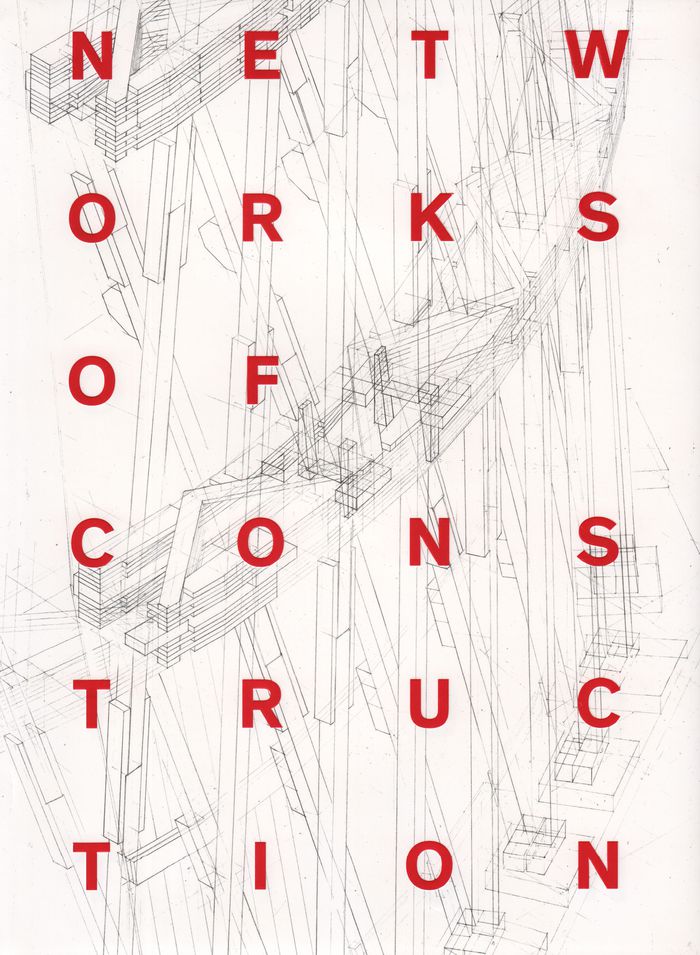$88.95
(disponible sur commande)
Résumé:
For the sheer quantity and quality of his inventions, scientist and structural engineer Vladimir Shukhov (1853–1939) is sometimes referred to as the “Russian Thomas Edison.” Among his pioneering contributions are a number of innovations related to the oil industry, including the design and construction of the first Russian pipeline and the world’s first industrial plant(...)
août 2016
Networks of construction: Vladimir Shukohov
Actions:
Prix:
$88.95
(disponible sur commande)
Résumé:
For the sheer quantity and quality of his inventions, scientist and structural engineer Vladimir Shukhov (1853–1939) is sometimes referred to as the “Russian Thomas Edison.” Among his pioneering contributions are a number of innovations related to the oil industry, including the design and construction of the first Russian pipeline and the world’s first industrial plant for oil cracking. His groundbreaking structural works include the cable-supported hanging roof and the hyperboloid lattice tower epitomized by the Shukhov Tower in Moscow, which bears his name. Networks of Construction collects Shukhov’s trailblazing achievements from the turn of the twentieth century, exploring his career and complicated creative process. Each of Shukhov’s projects, the book shows, was realized through an elaborate process beginning with an intense period of planning to account for the interconnections among a wide range of factors, from the technical background of the construction workers to technology transfer, the nomenclature of steel grades, and the scientification of construction knowledge. Ekaterina Nozhova and Uta Hassler of the Institute of Historic Building Research and Conservation at ETH Zurich have painstakingly reconstructed Shukhov’s process through a wealth of drawings, photographs, and documents.
$74.95
(disponible en magasin)
Résumé:
Entre les années 1960 et 1970, la masse bâtie et les infrastructures se sont accrues de manière exponentielle dans toute l'Europe de l'Ouest. Pour répondre à cette nouvelle échelle de projet, les architectes, les ingénieurs et les urbanistes ont dû développer des systèmes de construction, de préfabrication et des techniques de planification, de même qu'ils ont forgé des(...)
Architecture de la croissance: les paradoxes de la sauvegarde
Actions:
Prix:
$74.95
(disponible en magasin)
Résumé:
Entre les années 1960 et 1970, la masse bâtie et les infrastructures se sont accrues de manière exponentielle dans toute l'Europe de l'Ouest. Pour répondre à cette nouvelle échelle de projet, les architectes, les ingénieurs et les urbanistes ont dû développer des systèmes de construction, de préfabrication et des techniques de planification, de même qu'ils ont forgé des utopies pour repenser l'environnement humain. En dressant un état des lieux de ces architectures en France, en Allemagne et en Suisse, ce livre revient sur le rôle des utopies, sur la production de masse et propose une analyse des enjeux et des paradoxes liés aujourd'hui à cet héritage complexe et à sa sauvegarde.
Logements collectifs

